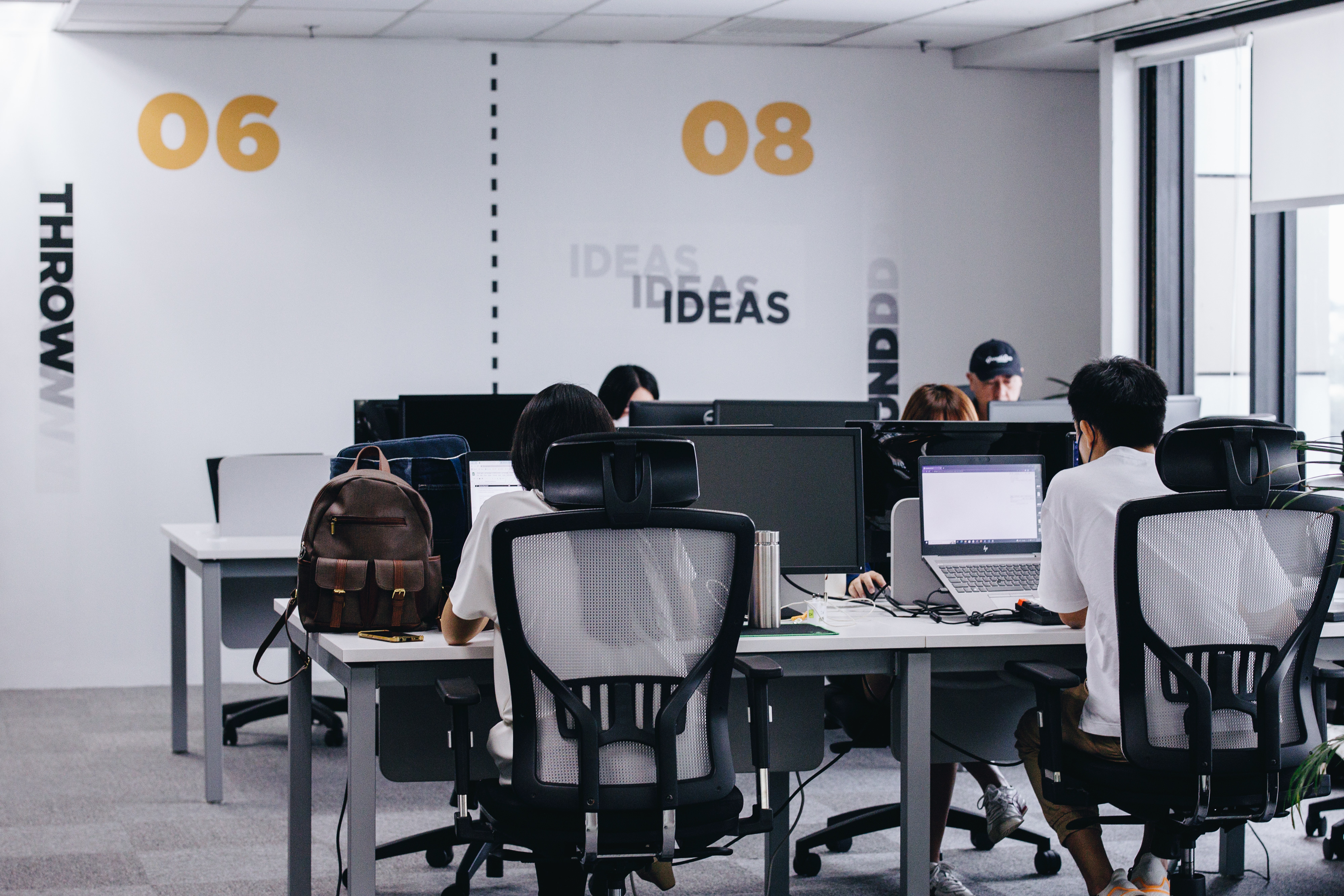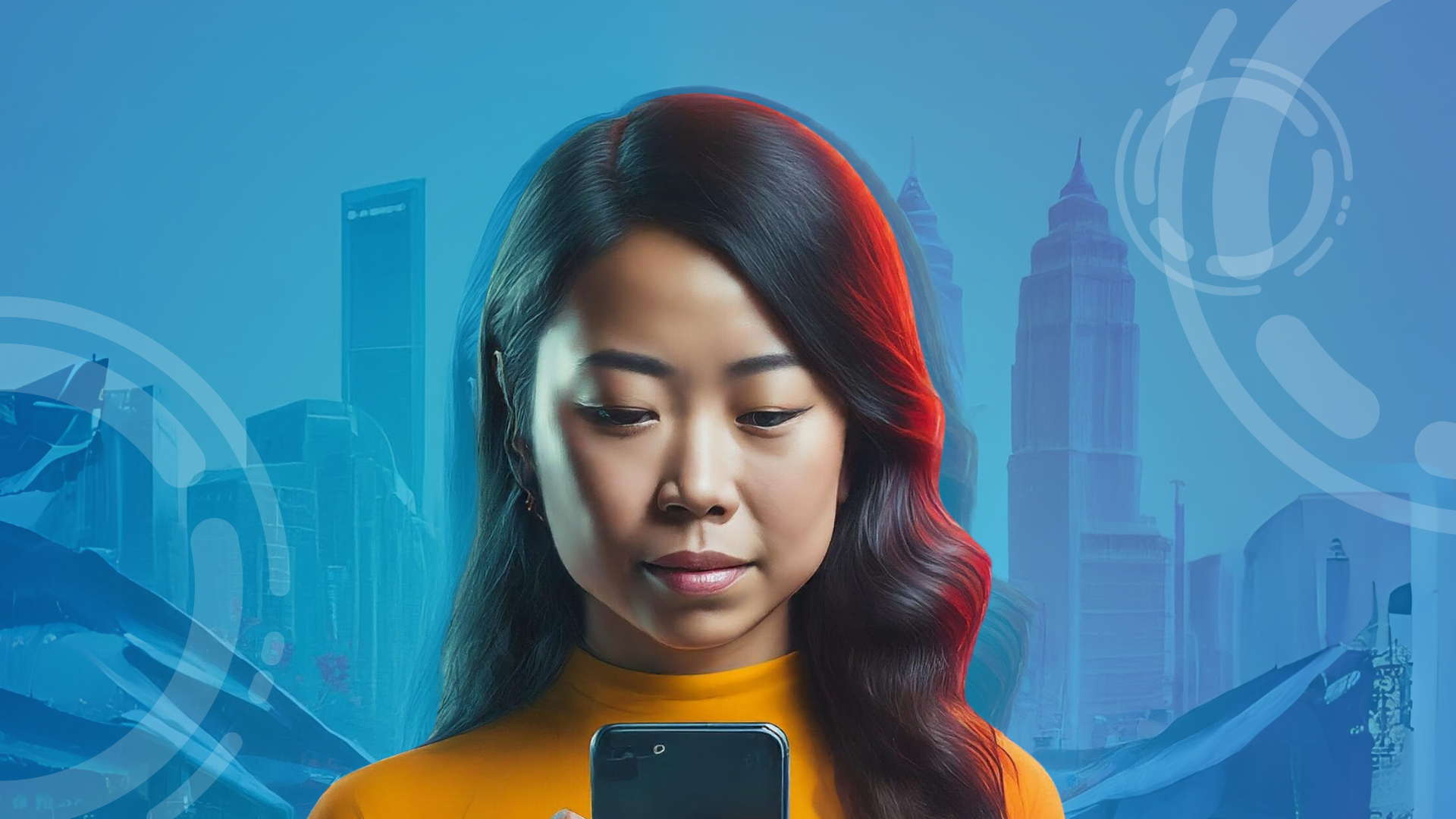The pandemic has been the very definition of ‘disruptive’, forcing us to now adapt and work in an entirely different way. Unsurprisingly, hybrid work has become the best recruitment and retention tool, resulting in employers doing their best to honour this flexibility—but how does it work for marketing and technology agencies, where creativity and exchanging ideas are crucial?
Mental Wellbeing Takes Centre Stage
A recent PricewaterhouseCooper survey, titled, “Asia Pacific Workforce Hopes & Fears Survey 2022: Time for a rethink?” found that only 36% of employees surveyed said that their employer supports their physical and mental well-being.
Although both remote and hybrid working have its challenges, when done properly, our experience shows that over 80% of our staff were satisfied with the flexibility offered.
The crucial thing is to make the setup as nurturing and supportive as possible by establishing practices that entail regular check-ups on the employees’ mental health and well-being. This can be done through a programme that involves engaging mental health professionals that give employees access to round-the-clock urgent care through a network of personal well-being coaches who provide learning paths to beat small anxieties. It can also include wellness allowances, mental health counselling, and bonus leave designed to improve life-work balance.
Finding the right hybrid balance
“Water-cooler” moments have historically been great for light discussions, casual interactions for exchanging ideas and simply learning by osmosis — especially for new hires and junior team members. With remote and hybrid work, this collaborative workplace culture is slowly evaporating.
Nevertheless, the hybrid work environment is here to stay. Hybrid work flexibility is favoured by 68% of almost 18,000 workers across Asia-Pacific surveyed by PricewaterhouseCoopers. Across the region, only 10% of workers prefer to head into an office 12 months from now.
It is essential to give employees total flexibility and the option to either work remotely or in offices to foster a community and collaborative spirit. While physical meetings are important, employees must be given the option to work from anywhere on days where they are not required to have face to face interaction with their colleagues.
Despite not working in a single office location, it’s still possible to cultivate a sense of team and togetherness. When we surveyed our employees on multiple teamwork and supervision data, over 90% cited confidence in their peers’ ability to support them, and over 80% said this about their direct managers.
Personal Growth – Upskilling and coaching to mitigate talent shortage
Upskilling and coaching are another simple, yet underutilised tools, for employee retention. Consistent micro-learning programmes and engaging training opportunities provide team members with advanced skills and motivation and are also long-term investments for companies.
The opportunities are broad—from working with technology partners to offering the best in digitalisation skills to helping employees build their soft skills such as teamwork, communication, and productivity, as well as leadership training programmes. It can be formal instructor-led training, or workshops and seminars to connect your employees with the top minds in the field.
This strategy has increased our average length of tenure beyond the industry norm and resulted in the emergence of several homegrown leaders, many of whom lead various practices today, with our average leadership tenure being four years.
Evolving Culture through Diversity and Inclusion
Cultural diversity, gender equality, and generational talent create a nurturing environment and encourage deeper appreciation and implementation of new ideas.
It is crucial to build an all-inclusive team that can provide counsel and implement strategies that understand the nuances of their target audience.
For example, the tech industry’s average of females in the workforce is 32% (based on a BCG study of Southeast Asia’s workforce); This benchmark should be a minimum target for companies to not only meet but improve upon.
Well-defined advancement programmes should also be in place to encourage long-term career development, lateral job moves that provide new challenges and exciting growth opportunities across departments, and a safe place to give feedback on policies.
Implementing Digital Transformation
Retaining staff, creating better jobs in a tight talent market, and expanding business opportunities should be every company’s core priorities in recovery post-pandemic.
Leadership teams need to recalibrate and put in place metrics to improve efficiency, create a competitive edge and identify new opportunities. Streamlining operations and improving productivity by investing in technology and efficient data analytics can improve job satisfaction.
One such metric is measuring and balancing anonymous internal survey feedback with anonymous reviews on platforms like Glassdoor, which provides a trusted way of tracking overall employee satisfaction.
Reimagining The Opportunity
As we further embrace the future of work shaped by the pandemic, expectations of the overall global employee base are entirely transformed. It is an excellent opportunity for companies to innovate and successfully deploy soft and complex tools to identify gaps and optimise processes for long-term success.



